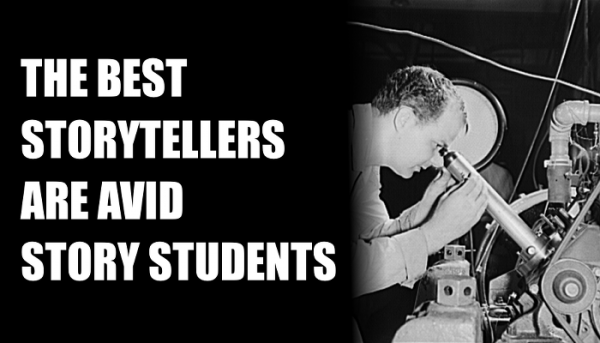
I just reread one of my favorite books–for the third time. I read it for the first time while in my twenties, a second in my thirties, and this final time, I read Zen & The Art of Motorcycle Maintenance midway through my fifties. Each time through the book, I picked-up something new. It’s the same with movies, television shows, or documentaries.
The first time I watch a movie, I’m an audience member. I want to experience the story the way the writer intended. I want to be taken to unexpected places, empathize with the characters, and feel as if I’m a part of the story.
The second time is different. While I can still enjoy some things the second time around, I can’t be surprised, because I know what’s coming. However, I can peel back the curtain to learn how the wizard set those surprises up, through understanding the story’s roles, events, influences, and techniques.
I get to study how the protagonist (StoryHow PitchDeck card #2) and antagonist (#3) interact with minor characters (#4). How time (#5) and setting (#6) were used to influence context (#45). How a super power (#12) helped a protector (#14) cover another character’s fatal flaw (#11). The second time through a movie, I have a better appreciation for plot points (#19) as the characters wrestle with both internal and external conflict (#20 & #21). And since I already know the ending (#17), I can appreciate the moral choices (#37) that drive the throughline (#40), all while marveling at how the writer set the hook (#52) and used foreshadowing (#58) to setup a twist (#27).
The best way to learn storytelling is to immerse yourself in the work of others. Read a book more than once. Watch a movie, documentary, or TED Talk for a second, third or fourth time. And use the StoryHow PitchDeck as a guide to help you identify the roles, events, influences, and storytelling techniques used to create them.
Photo Credit: Rosener, Ann, photographer. Substitute fuels tested. Emmet L. Reed, laboratory assistant at the U.S. Bureau of Standards, uses a special microscope to measure the degree of wear which substitute gasoline has produced on an automobile engine cylinder. Washington D.C, None. [Between 1935 and 1945] Photograph. Retrieved from the Library of Congress, https://www.loc.gov/item/owi2001029917/PP/.